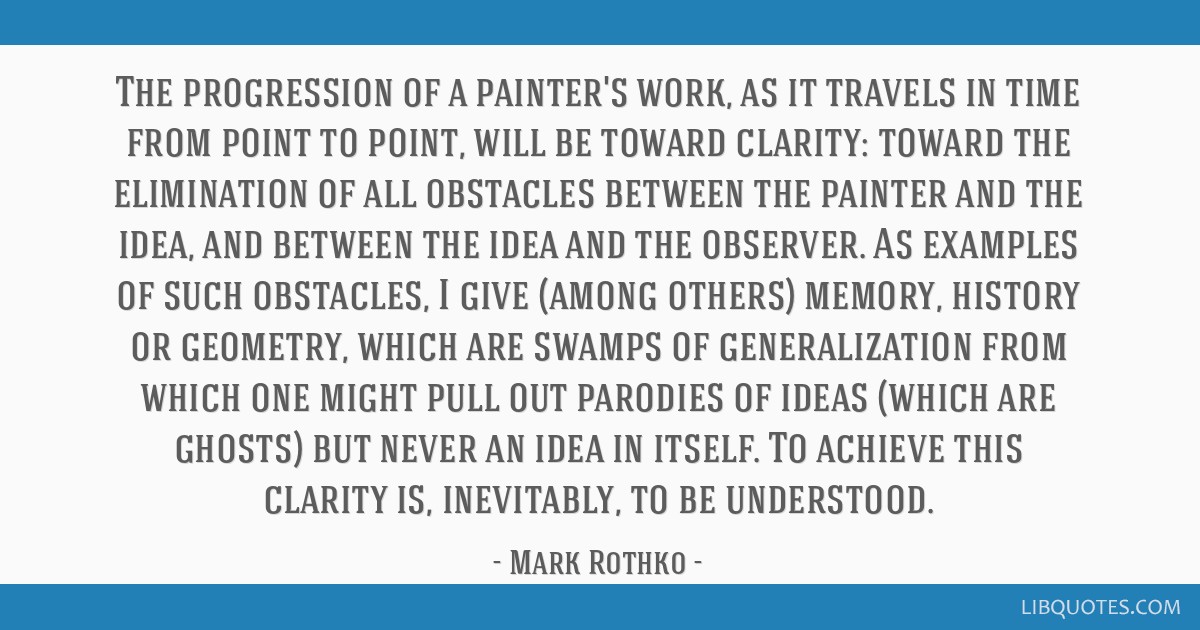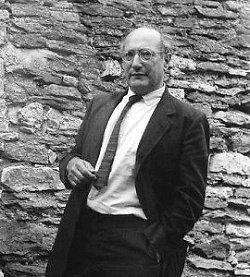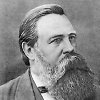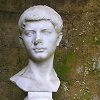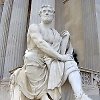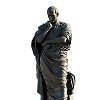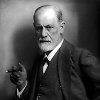The progression of a painter's work, as it travels in time from point to point, will be toward clarity: toward the elimination of all obstacles between the painter and the idea, and between the idea and the observer. As examples of such obstacles, I give (among others) memory, history or geometry, which are swamps of generalization from which one might pull out parodies of ideas (which are ghosts) but never an idea in itself. To achieve this clarity is, inevitably, to be understood.
In Tiger's Eye, Vol. 1, no 9, October 1949; as quoted in Abstract Expressionism Creators and Critics, ed. Clifford Ross, Abrams Publishers New York 1990, p. 170
